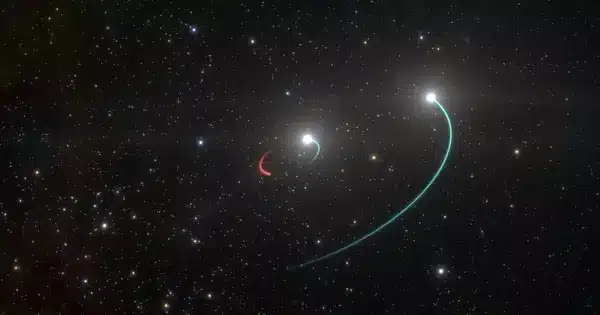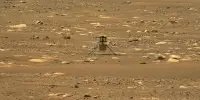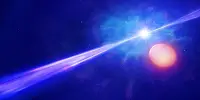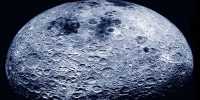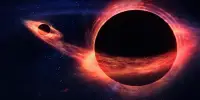Black holes are difficult to observe directly since they do not emit light. Scientists frequently deduce their presence by analyzing the effects they have on neighboring objects such as stars or gas clouds. The Hyades star cluster is a close-open star cluster in the constellation Taurus. It is just about 625 million years old and is one of the nearest open clusters to Earth.
A report published in the journal Monthly Notices of the Royal Astronomical Society suggests at the existence of several black holes in the Hyades cluster, the nearest open cluster to our solar system, which would make them the closest black holes to Earth ever identified.
The study is the result of a collaboration between a group of scientists led by Stefano Torniamenti from the University of Padua (Italy), with significant participation from Mark Gieles, ICREA professor at the Faculty of Physics, the Institute of Cosmos Sciences of the University of Barcelona (ICCUB), and the Institute of Space Studies of Catalonia (IEEC), and Friedrich Anders (ICCUB-IEEC).
The discovery was made during the expert Stefano Torniamenti’s research stay at the ICCUB, one of the IEEC’s research divisions.
Our simulations can only simultaneously match the mass and size of the Hyades if some black holes are present at the center of the cluster today (or until recently).
Stefano Torniamenti
Black holes in the Hyades star cluster?
Since their discovery, black holes have been one of the most intriguing and interesting phenomena in the Universe, attracting experts from all around the world. This is especially true for tiny black holes, which have been spotted during gravitational wave detection. Experts have seen numerous events that correlate to mergers of low-mass black hole couples since the detection of the first gravitational waves in 2015.
To duplicate the current status of all the stars in the Hyades, which are located around 45 parsecs or 150 light-years from the Sun, the team of astrophysicists employed simulations that track their travel and evolution.
Open clusters are loosely bound groups of hundreds of stars that share certain properties such as age and chemical characteristics. The simulation results were compared with the actual positions and velocities of the stars in the Hyades, which are now known precisely from observations made by the European Space Agency’s (ESA) Gaia satellite.
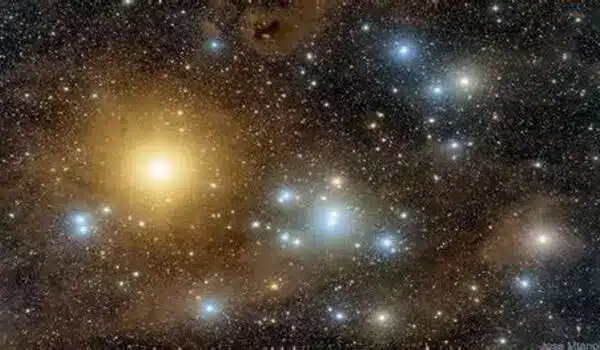
“Our simulations can only simultaneously match the mass and size of the Hyades if some black holes are present at the centre of the cluster today (or until recently),” says Stefano Torniamenti, postdoctoral researcher at the University of Padua and first author of the paper.
At the moment, simulations with two or three black holes best reproduce the observed properties of the Hyades, though simulations with all the black holes ejected (less than 150 million years ago, roughly the last quarter of the cluster’s age) can still provide a good match, because the cluster’s evolution could not erase the traces of its previous black hole population.
The latest findings suggest that the Hyades-born black holes are still inside or extremely close to the cluster. This puts them significantly closer to the Sun than the last candidate (the black hole Gaia BH1, which is 480 parsecs away from the Sun).
The achievement of the Gaia space telescope in recent years has made it feasible for the first time to examine the position and velocity of open cluster stars in detail and to confidently identify individual stars.
“This observation helps us understand how the presence of black holes affects the evolution of star clusters and, in turn, how star clusters contribute to gravitational wave sources,” says Mark Gieles, a member of the UB Department of Quantum Physics and Astrophysics and the first author’s host in Barcelona. “These results also give us insight into how these mysterious objects are distributed across the galaxy.”
